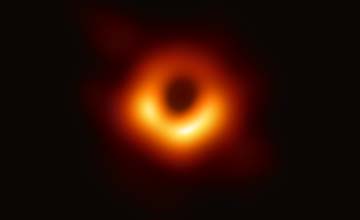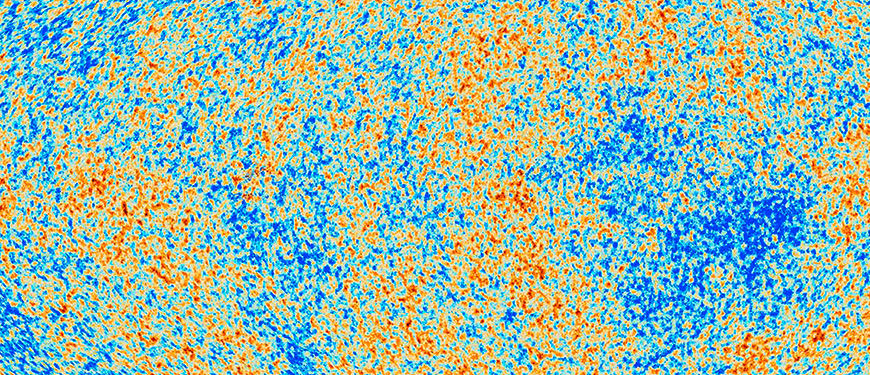Research introduction
Cosmology is central for providing answers to some of the most urgent fundamental questions in physics, including what the physical natures of dark energy and dark matter are; cosmological and other astrophysical observations indicate that dark energy and matter make up 95 % of the entire content of the universe today.
The foundation of modern cosmology is general relativity and most importantly its central equation, Einstein’s equation. There is no analytical solution for this equation to describe the entire universe including its structures such as galaxy clusters. Modern research in cosmology therefore depends heavily on numerical methods that are used for constructing models of the universe, making mock-observations in the models and analysing mock as well as real observational data. Through this we can, e.g., learn about the qualities of dark matter and dark energy and how the universe evolved from a hot Big Bang into the universe we see today when we look into the sky.
The computational efforts in cosmology vary greatly. You can write your own programs for modelling the universe which can, e.g., be based on N-body simulation techniques or for numerically solving Einstein’s equation for specified initial conditions. The programs need to be supplemented with or include code for modelling the propagation of light or gravitational waves through the models. Often, one will also utilise and modify many of the existing elaborate open source programs developed for cosmological modelling or cosmological data analysis, and machine learning techniques are also applied more and more. For a typical research project in cosmology, you would be spending at least half of your time programming and often much more.
Videos, podcasts & press releases
Visual content that explains some of the research topics within astronomy, astrophysics and gravity.

Microscopic structure of space-time
What are the building blocks of our universe that everything is made of? In this video, Astrid Eichhorn explains how her work seeks to reveal the fundamental microscopic structure of space-time.

Black holes visual
Two black holes orbit each other in magnetised gaseous environment
The animation shows two black holes (black spheres show their Event Horizon). The colour scale (yellow, orange, red) depicts the mass density of gas, and the white lines show magnetic field lines emanating from the black holes (jets).

In the shadow of the black hole
In this panel talk, six members of the EHT team will walk through the entire EHT experiment from the individual telescopes that record the data through the calibration, imaging, and interpretation of the observations that lead to the first-ever direct image of a black hole released to the world on 10 April 2019.

Press release, 10 April 2019
Astronomers Capture First Image of a Black Hole
Scientists have obtained the first image of a black hole, using Event Horizon Telescope observations of the center of the galaxy M87. The image shows a bright ring formed as light bends in the intense gravity around a black hole that is 6.5 billion times more massive than the Sun.
